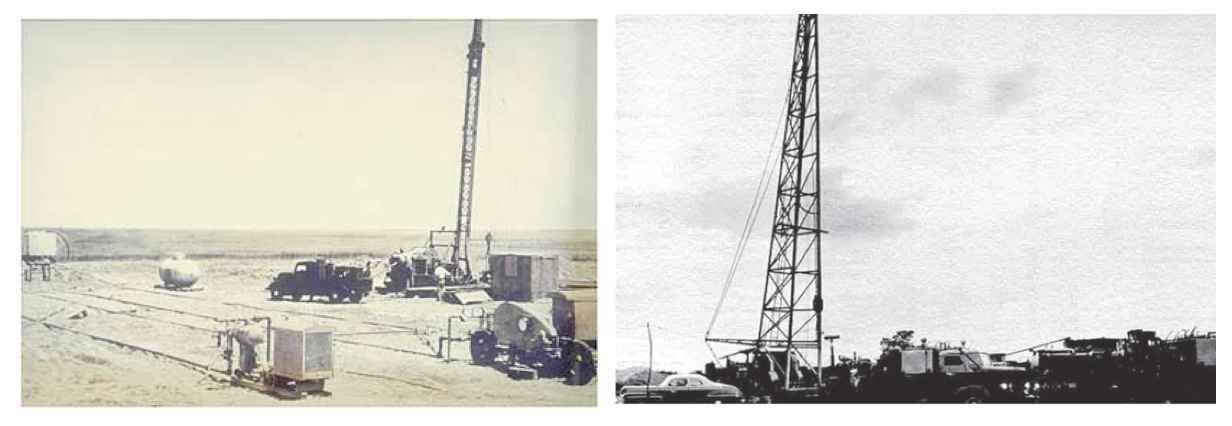Revolution. That’s the word that inevitably gets thrown around anytime there’s a discussion about America’s recent surge in oil and gas production. And it makes sense: Hydraulic fracturing (or “fracking” as it’s most commonly known) has almost completely reversed the country’s energy profile, transforming us from a nation desperate to find a plan that could make energy independence a reality to a country poised to become the world’s top oil producer by 2015 (source).
The technique that involves blasting a mixture of water, sand, and chemicals at rock formations a high pressure to release oil and gas that’s trapped inside has created the biggest boom since the housing bubble, leading to higher levels of oil and gas production in the US than just about anyone thought possible.

